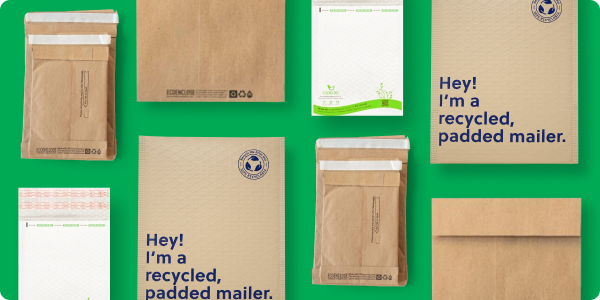
In the part one of this Twitter marketing for small business series, we covered how to choose a username, how to write your bio and the one tip that will guarantee your success. In part two, we’re getting more in-depth with eight suggestions for tweets, how to gain more followers, how to handle customer complaints, and how to measure success.
What to tweet
The most important strategy for Twitter content is to vary your content. Avoid too much self-promotion to the exclusion of being helpful to your customers. Also, keep in mind that tweets under 120 characters are the most effective (they allow for retweets and comments).
Here are eight suggested topics:
- A coupon code or special discount for your followers
- A look behind the scenes of your operation
- Tips for your customers (drawing on your subject matter expertise)
- Positive press or news stories
- The human side of your team/employees
- Customer spotlights
- Industry news
- Best practices for your industry
How to gain more followers
Remember that Twitter is not all about you – it’s about community. The Twitter accounts with the most followers commit to a regular schedule and post at least once a day. Think about what you’re tweeting and ask yourself if it’s “share worthy.” Consider when your customers are most likely to be online as you time your posts. Finally, don’t forget to follow your customers, your employees, and industry leaders. Following often (but not always) means that users will follow you back.
Troubleshooting: How to handle complaints
Businesses can use Twitter as a customer retention tool, spotting unhappy customers and solving their problems. Sometimes customers take to Twitter to complain about a negative customer service experience. You’ll want to respond to those people. Think of it as an opportunity. When responding, express concern and offer a solution. Most customers just want to be heard, and may even tweet about how you rectified the problem (which is good press for you).
How to measure success
A good way to start is by using social media tools like Tweetdeck or Hootsuite to help with tracking, engagement, and marketing on Twitter. Then, decide what your goals are. If your goal is to increase brand awareness and build buzz about your offerings, you’ll want to pay attention to your interaction count (@ replies and retweets). If your goal is to drive traffic to your website or store, you’ll want to pay attention to click-thru rates.
Consider these metrics to measure your success:
- Number of quality interactions (retweets, favorites, @ mentions, lists)
- Number of clicks (and clicks that convert to customers)
- Tracking your hashtag
There’s never been a better time to integrate Twitter into your marketing strategy for your small business. Now that you have the tools, start brainstorming potential tweets, following your customers, resolving customer complaints, and tracking your Twitter success!


